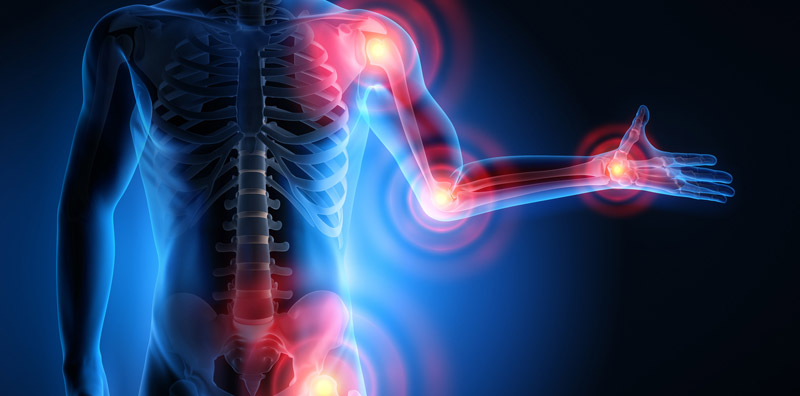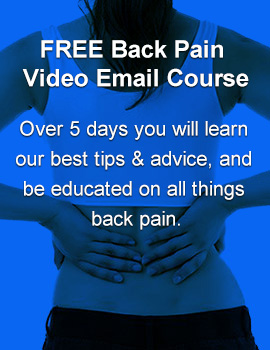7 proven tips for taking control of your Osteo-Arthritis to get back living life again
Do you have Osteo-Arthritis (OA) of the:
- Knee
- Hip
- Feet
- Shoulder
- Back &/or neck
- Hand
It’s a condition that can be debilitating and affects a large portion of the population, especially those over the age of 70. And unfortunately, once arthritis is there, we can’t reverse it.
But we can manage it, and still lead an active and happy lifestyle that isn’t dictated by pain.
In some worst cases, the joint is so worn away that the only way to stop pain from developing is to have a joint replacement. This most commonly occurs at the knee and hip.
However, research has shown that the more active someone is, the lower pain they report with everyday tasks. It has also shown that completing regular activity has better outcomes post surgery for those that require a joint replacement.
The growing issue is that physical activity is usually a trigger for pain in most patients with osteo-arthritis. And most people report having trialled walking or some physical activity with poor results.
Here are 7 tips that can help someone with OA move forwards in taking control of and managing their pain.
1 It’s ok to feel some pain, as long as it is managed.
If the pain you feel tends to be more of an ache or discomfort rather than a stabbing pain, you can work into this slightly. I’m not saying ignore your pain or work so hard you can’t move for days after, but see what you can complete without your pain flaring up for the remainder of the day/next day.
For some, the pain of osteo-arthritis may never subside. But if we can get you moving more and completing more tasks throughout the day with similar levels of pain as previous, then we have made some improvement.
2 Keep the joint mobile.
By sitting or not moving the joint at all, all you are succeeding in doing is stiffening the structures around the joint and reducing fluid within the joint which is vitally important to maintain in osteo-arthritis. This will only add to your pain levels when you do try and move, which will demotivate you to move at all! It’s a vicious cycle.
Try to move the joint through manageable pain levels with no resistance. The joints are supposed to bend and move. If at first it’s painful to do, keep the movement slow and small. Gradually try to improve the range you take the joint through each day and you should find you will be able to get more range of motion with similar pain levels as previous after a week or so.
3 Get strong.
Having a plan in place to strengthen the support muscles and tendons around the affected joints. It could be a home exercise regime, a gym or group class based program or an appropriate favourite physical activity or sport that you can do ie swimming, cycling for knee OA etc.
4 Try some hydrotherapy.
It’s understandable that some people don’t like the water, and others have reasons as to why they don’t like the idea of getting into a pool. But hydrotherapy has been strongly recommended by allied health professionals in the treatment of osteo-arthritis. It is encouraged that all those who have access to a pool and proper access into the pool (manageable steps or a ramp) trial it.
Moving in the water is fantastic, due to the buoyancy of the water taking away some of the loading forces of gravity. It’s a great way to start moving in a reduced risk environment. Just be aware not to do too much initially. Always finish a session feeling like you could do a little more.
5 Seek out an Allied Health Professional for guidance.
An exercise physiologist or a Physiotherapist can provide you with guidance to complete specific physical activity aimed at managing and reducing pain. They can talk you through the ‘hows’ and ‘whys’ of the physical activity we suggest, and will consistently be there to talk about and teach you how to best manage your pain based on what you tell us.
6 Medication
If your GP has given you medication to use for relieving pain or settling inflammation, then take it! Of course if you get side effects then contact your GP and discuss it immediately. If you can keep a ‘base level’ of pain medication in your system it can help to avoid spikes of pain that might stop you doing the activities that you love to do eg taking paracetamol, or prescription anti-inflammatories.
If you are taking a medication and either aren’t sure whether its helping or you just don’t like taking medication and want to cease it, always talk to your GP first.
7. Be Patient.
Osteo-arthritis doesn’t come on overnight. And unfortunately, it’s going to take some time to see some improvement. But be patient. Understanding the process and the time things will take is just as important as completing the activity itself. You will have some flare ups, and you will have some pain. But this is perfectly natural, and your allied health professional will be there every step of the way to talk you through it.
By David Bentley, Senior Accredited Exercise Physiologist








